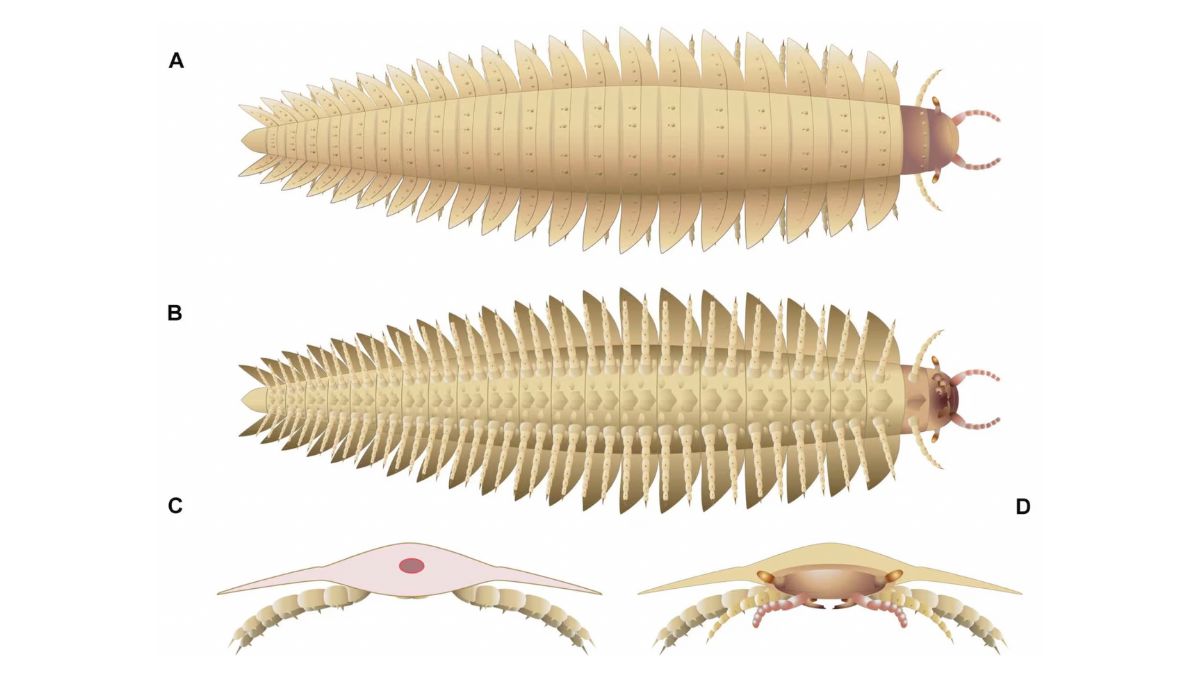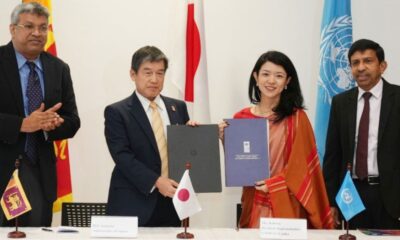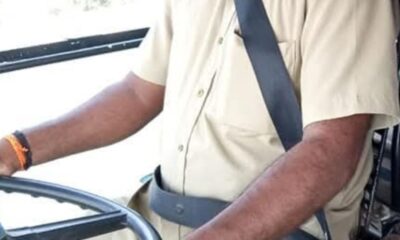During the Carboniferous Period, Earth’s atmospheric oxygen levels surged, helping some plants and animals grow to gigantic proportions. One notable example was Arthropleura, the biggest bug ever known at up to 10-1/2 feet (3.2 meters) long, inhabiting what is now North America and Europe.While its fossils have been known since 1854, a large gap has existed in the understanding of this creature because none of the remains had a well-preserved head. The discovery in France of two Arthropleura fossils with intact heads has now remedied this, providing the anatomical details needed for scientists to classify it as a huge primitive millipede and determine it was not a predator but rather a plant eater.
The fossils, unearthed in Montceau-les-Mines, are of juvenile individuals, dating to about 305 million years ago. At the time, this locale was near the equator, with a tropical climate and a swampy environment lush with vegetation. While Arthropleura was this ecosystem’s behemoth, the fossils preserve young individuals just 1-1/2 inches (4 cm) long.The fossils showed Arthropleura’s head was roughly circular, with slender antennae, stalked eyes and mandibles – jaws – fixed under it. Arthropleura had two sets of feeding appendages, the first short and round, and the second elongated and leg-like.
The specimens each had 24 body segments and 44 pairs of legs – 88 legs in total. Based on its mouthparts and a body built for slow locomotion, the researchers concluded Arthropleura was a detritivore like modern millipedes, feeding on decaying plants, rather than a predator like centipedes.It could have served the same role in its ecosystem as elephants today or big dinosaurs like the long-necked sauropods in the past – “a big animal spending most of his time eating,” said paleontologist Mickaël Lhéritier of the Laboratory of Geology of Lyon at Claude Bernard University Lyon 1 in France, lead author of the study published this week in the journal Science Advances, opens new tab.
“I think it is quite a majestic animal. I think its gigantism gives it a peculiar aura, like the aura of whales or elephants,” Lhéritier said. “I love to imagine it as the ‘cow’ of the Carboniferous, eating during most of the day – but, of course, a cow with an exoskeleton and many more legs.”
Arthropleura was the largest-known land arthropod, a group spanning the likes of insects, spiders, millipedes, centipedes, lobsters and crabs.
(Reuters)
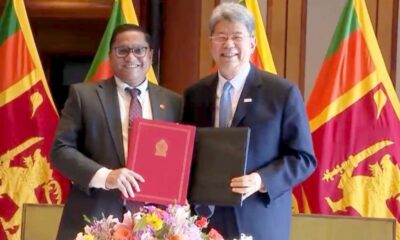
 BIZ2 days ago
BIZ2 days ago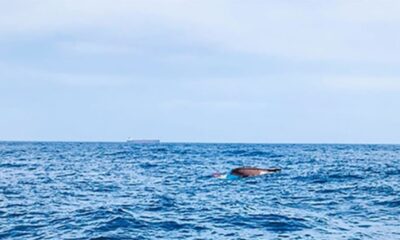
 News2 days ago
News2 days ago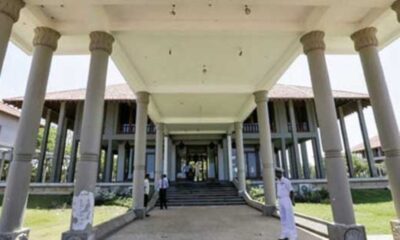
 News2 days ago
News2 days ago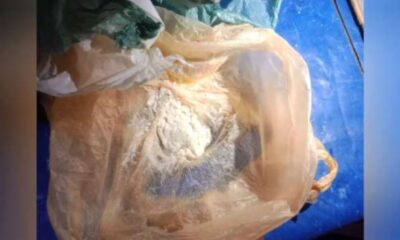
 News1 day ago
News1 day ago
